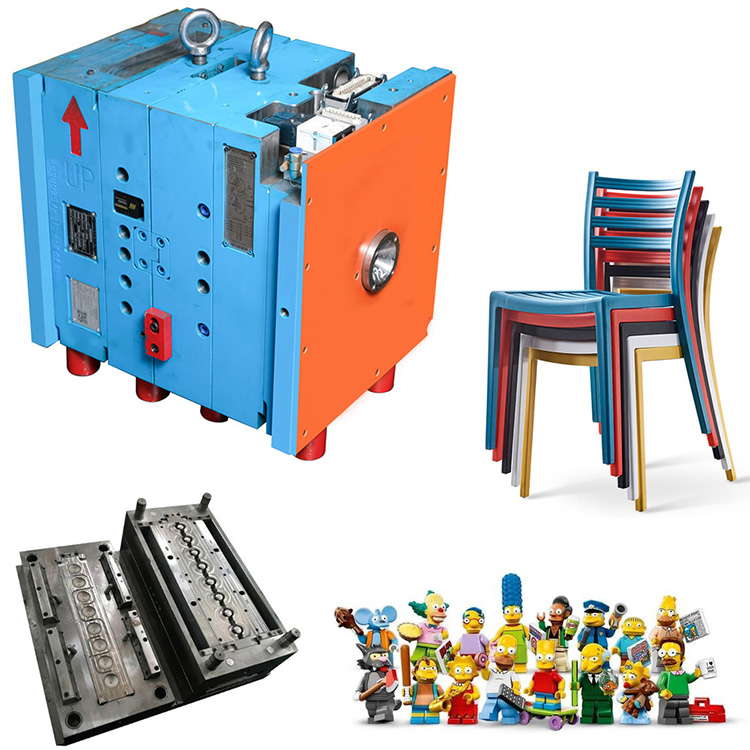
What are The Requirements For Molds in Injection Molding Processing ?
In the field of injection molding, molds are not just tools, but the key to achieving product accuracy and consistency. When we talk about injection molding, the requirements for molds are naturally very high. Today, let's delve into what these requirements are and how they affect the final product quality. The core of injection molding is to produce plastic parts with precise dimensions, smooth surfaces, and complex structures.
Behind this, the design and manufacturing of molds play a decisive role. What are the specific requirements for injection molding molds?
1.Precision of Model County
The accuracy of the mold directly determines the size and shape accuracy of the injection parts. This includes the manufacturing accuracy and assembly accuracy of the mold.
In the manufacturing process, every step must be strictly controlled to ensure that every part of the mold meets the size and shape design requirements. It is more important to ensure that all mold components can be accurately matched without deviation during the assembly phase.
2.Selection of mold materials
Injection molding molds are usually made of high-quality steel with high strength, high wear resistance, and minimal heat treatment deformation. This material can ensure the stability of the mold under high-pressure injection environment, extend its service life, and help improve the surface quality of plastic parts
3.Mold structure design
A good mold design should consider the flowability of molten plastic to ensure that plastic parts can be evenly filled without defects. In addition, an effective cooling system must be designed to accelerate the recycling speed of plastic parts and improve production efficiency
4.Corrosion resistance and fatigue resistance
Of course, in addition to the above points, injection molding molds also need to have good corrosion resistance and fatigue resistance to adapt to different types of plastic raw materials and long-term production processes,
5.Regularly maintain and inspect the molds
This is a key step in ensuring that the mold is always in the best condition. By timely cleaning, moisturizing, and repairing worn parts, the service life of the mold can be effectively extended and its production efficiency can be improved.









